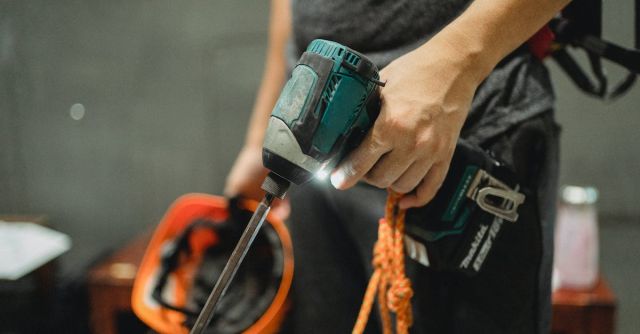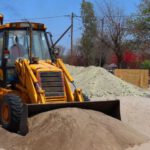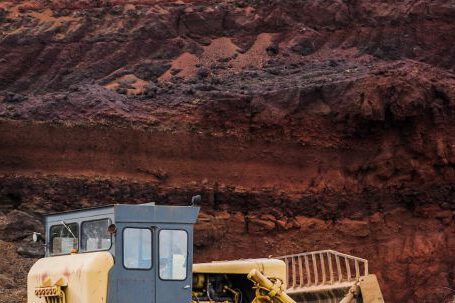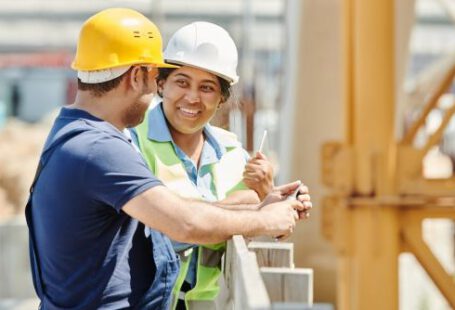The safety of construction workers is paramount in any industry, and the use of protective equipment is essential in any construction site. Safety helmets are one of the most important pieces of equipment for any worker on a construction site, regardless of the nature of the job. They provide protection from potential impacts from debris, tools, and other objects that could potentially cause injury or death.
Safety helmets come in a variety of styles and materials, and each type has its own specific use. This article will discuss the different types of safety helmets available and their uses at construction sites.
Types of Safety Helmets
There are several different types of safety helmets available for use in construction sites. The most common types are:
- Full-Brim Helmets: These are the most common type of safety helmet used in construction sites. They provide full coverage of the head, face, and neck, and are usually made of durable plastic or composite materials. They are lightweight and provide good protection from falling objects and other debris.
- Hard Hats: These are more specialized helmets that are designed for use in hazardous environments such as mining and demolition work. They are usually made of metal or plastic and provide protection from direct impacts, falling objects, and splashes of hazardous substances.
- Bump Caps: Bump caps are a lightweight type of safety helmet that provide minimal protection against impacts. They are usually made of lightweight materials such as foam or plastic and are designed to be comfortable and lightweight. They are ideal for workers who need to move around a lot and are not exposed to too much risk.
- Welding Helmets: Welding helmets are designed to protect welders from sparks and intense light. They are usually made of plastic or composite materials and are designed to be lightweight and comfortable. They also come with adjustable lenses to provide the welder with the best possible protection.
Uses of Safety Helmets at Construction Sites
Safety helmets are essential in any construction site, regardless of the specific nature of the job. They provide protection from falling objects, debris, and tools, as well as from direct impacts and splashes of hazardous substances.
Full-brim helmets are the most common type of safety helmet used in construction sites. They provide full coverage of the head, face, and neck and are usually made of durable plastic or composite materials. They are lightweight and provide good protection from falling objects and other debris.
Hard hats are more specialized helmets that are designed for use in hazardous environments such as mining and demolition work. They are usually made of metal or plastic and provide protection from direct impacts, falling objects, and splashes of hazardous substances.
Bump caps are a lightweight type of safety helmet that provide minimal protection against impacts. They are usually made of lightweight materials such as foam or plastic and are designed to be comfortable and lightweight. They are ideal for workers who need to move around a lot and are not exposed to too much risk.
Welding helmets are designed to protect welders from sparks and intense light. They are usually made of plastic or composite materials and are designed to be lightweight and comfortable. They also come with adjustable lenses to provide the welder with the best possible protection.
Conclusion
Safety helmets are essential in any construction site, regardless of the specific nature of the job. Different types of safety helmets provide different levels of protection according to the hazards present in the environment. Full-brim helmets, hard hats, bump caps, and welding helmets are all important pieces of safety equipment that provide protection from falling objects, debris, tools, and hazardous substances. By wearing the right type of safety helmet, workers can ensure their safety in any construction site.






